Kausik Chaudhuri, CIO, Lemongrass, pitches the company’s predictions for major tech trends over 2024.
1. Cost-savings and security drive cloud migration
There are many potential reasons for migrating to the cloud, such as increasing infrastructure scalability, reducing the burden of infrastructure management and speeding time-to-value – all of which have historically driven businesses to move workloads into the cloud.
In 2024, however, we believe two other motives – saving money and improving cybersecurity – will become key considerations for a majority of cloud migrations.
Businesses remain keen to trim budgets in a time of ongoing economic turbulence, and moving to cloud environments that offer pay-as-you-go pricing is one way to help do that.
At the same time, growing concern with data security and compliance, especially in sectors like healthcare, makes the cloud attractive to organizations seeking to take advantage of the consistent security controls and airtight physical security protections that cloud environments offer.
2. Even more adoption of hybrid and multi-cloud architectures
Hybrid clouds, which integrate on-prem infrastructure with public cloud resources or services, have existed for years. So have multi-cloud architectures, which involve using more than one cloud platform simultaneously.
But in 2024, we expect organizations to double down on hybrid and multi-cloud strategies. The reasons reflect the same considerations we described above: Saving money and improving security outcomes. Hybrid and multi-cloud architectures offer more flexibility, which can translate to cost savings. They also offer greater control over where and how data is stored, helping organizations to protect sensitive information more effectively.
The caveat is that hybrid and multi-cloud strategies are also more complex. To unlock cost-savings and security benefits, it’s critical to have tools and processes in place for taming that complexity by, for example, being able to monitor and secure data that is spread across multiple cloud environments.
3. GenAI boosts cloud service delivery
The cloud industry has spent the past year oohing and ahhing at the potential capabilities that generative AI unlocks for cloud operations. 2024, however, is poised to be the year when businesses actually begin taking advantage of genAI-based features in the cloud.
We expect organizations to focus in particular on using genAI to enhance cloud service delivery. With the help of genAI, cloud systems will offer enhanced resource management, ensuring that computational and storage resources are allocated and scaled in the most effective manner. This intelligent allocation not only optimizes the workload but also significantly cuts down on unnecessary expenditure and risk, making cloud services safer and more cost-effective.
At the same time, genAI will allow for the personalization of Cloud experiences, tailoring services to the unique requirements and preferences of each user. The integration of genAI into cloud services thus represents a leap towards a more responsive, user-centric cloud environment, where services are crafted to fit the diverse needs of users.
4. AIOps becomes a cornerstone of cloud operations
Complementing adoption of genAI to assist cloud service delivery, more businesses are poised to embrace AIOps fully in 2024.
AIOps, which refers to the use of AI/ML to automate IT operations processes, has been a buzzword in the tech industry for years. But to date, real-world implementation of AIOps-based tools has been limited.
That is likely to change in the near future, however, due to growing adoption of hybrid and multi-cloud architectures. As cloud strategies grow more complex, IT teams will need more efficient and automated means of managing their clouds – which is exactly what AIOps helps them do. At the same time, the growing maturity of AI-based tools, including but not limited to those within the generative AI category, means that AIOps solutions are becoming more capable than ever.
More cloud complexity combined with better AIOps tools makes now the right time for more organizations to take full advantage of AIOps as a pillar of cloud operations.
Conclusion
Again, we can’t predict the future with greater accuracy than anyone else. But when it comes time about a year from now to look back on which key trends reshaped the cloud computing space in 2024, we expect that technologies like genAI and AIOps, as well as practices like growing adoption of hybrid and multi-cloud architectures and agendas such as cost-savings, will top the list of major shifts within the cloud realm.
Click below to share this article

